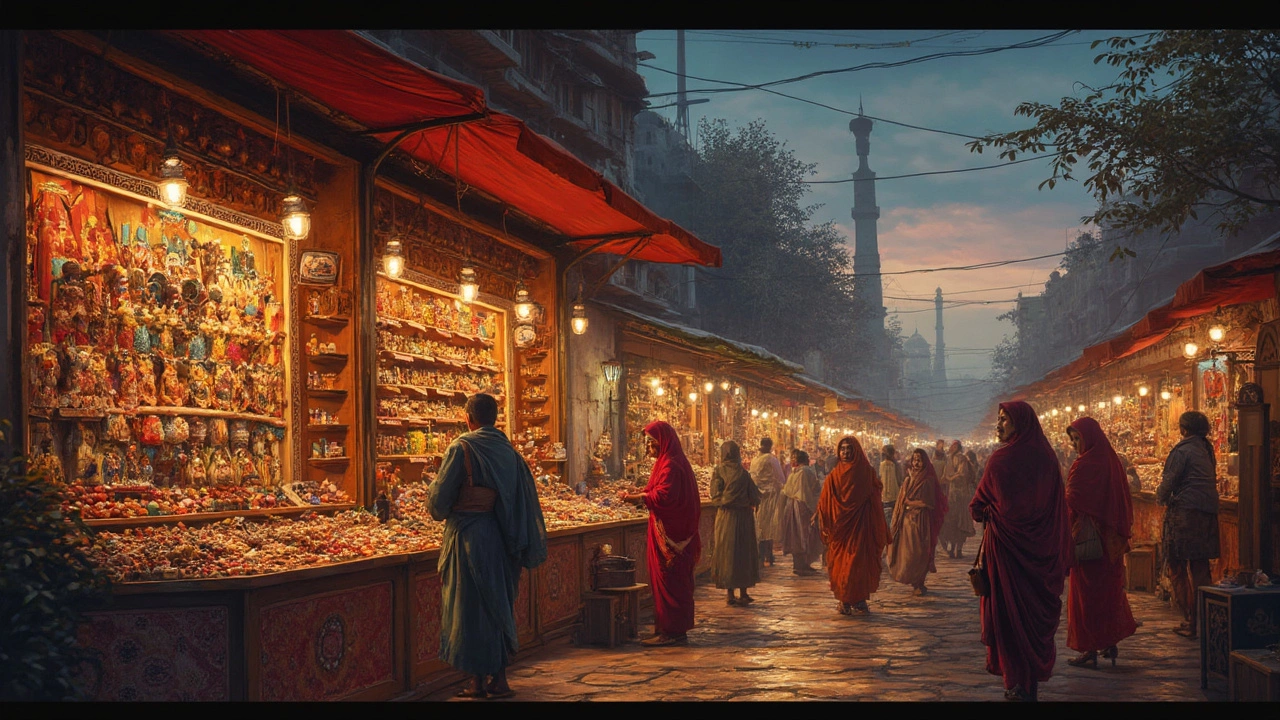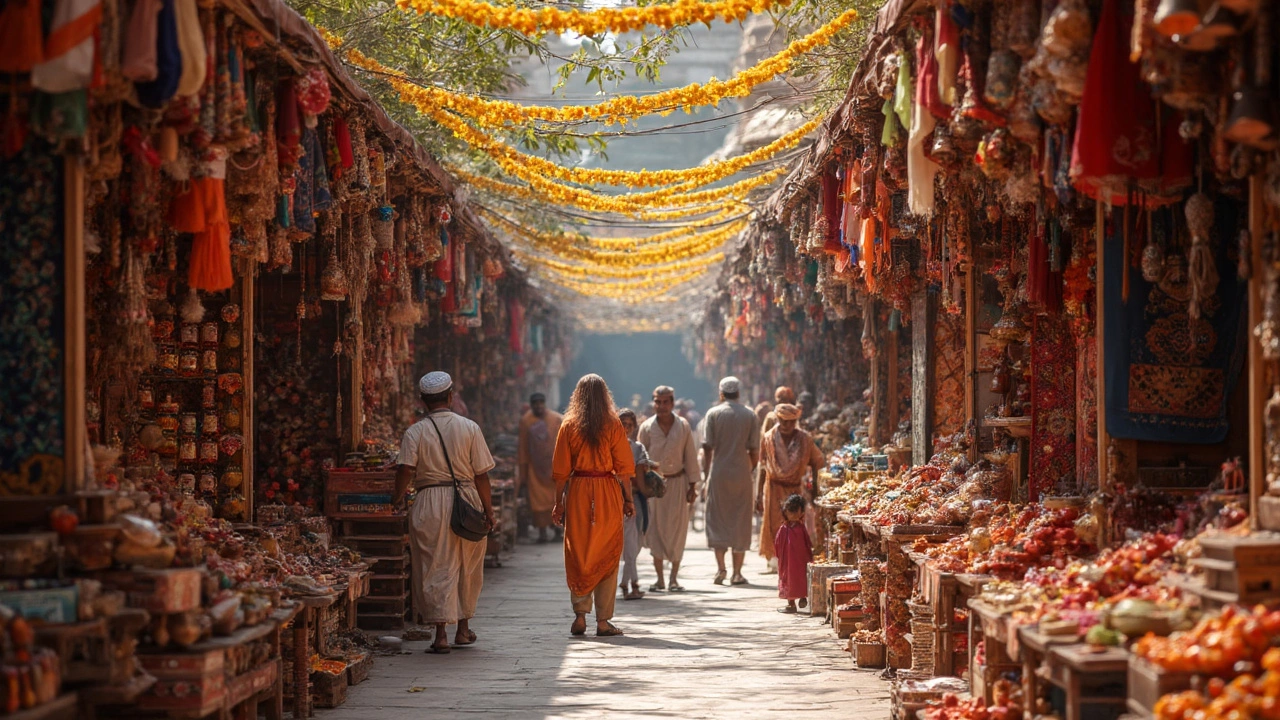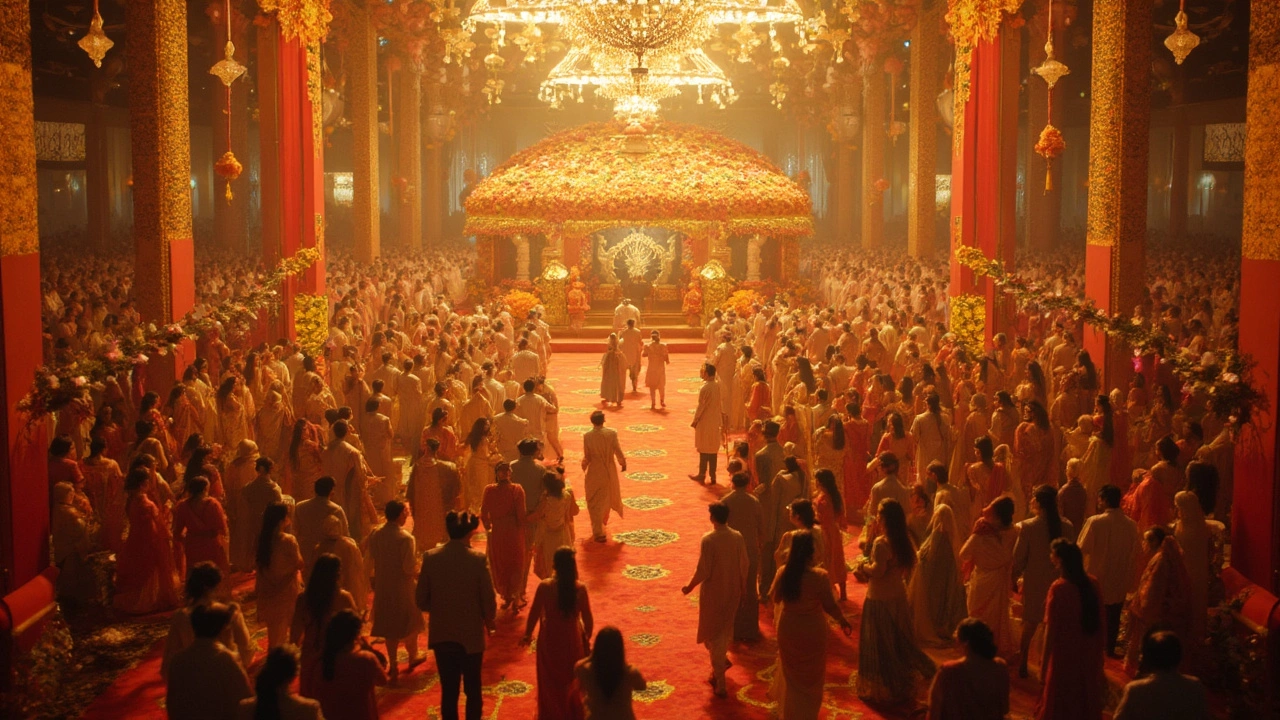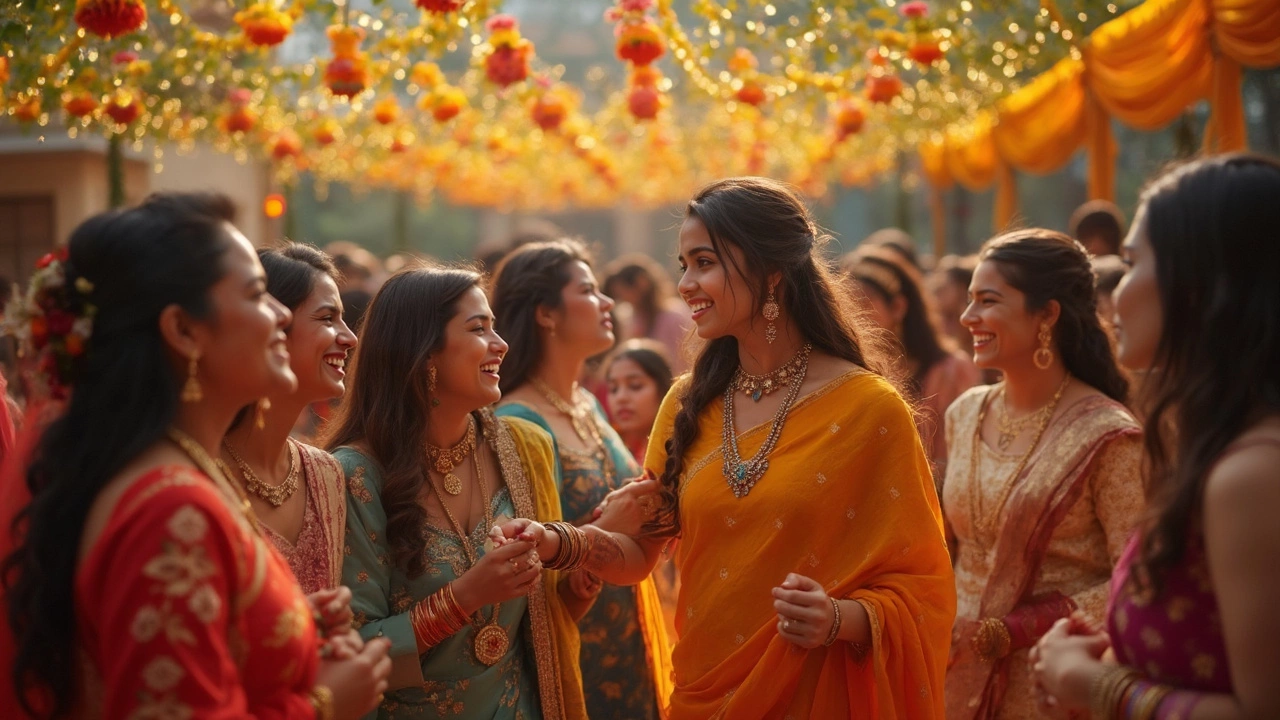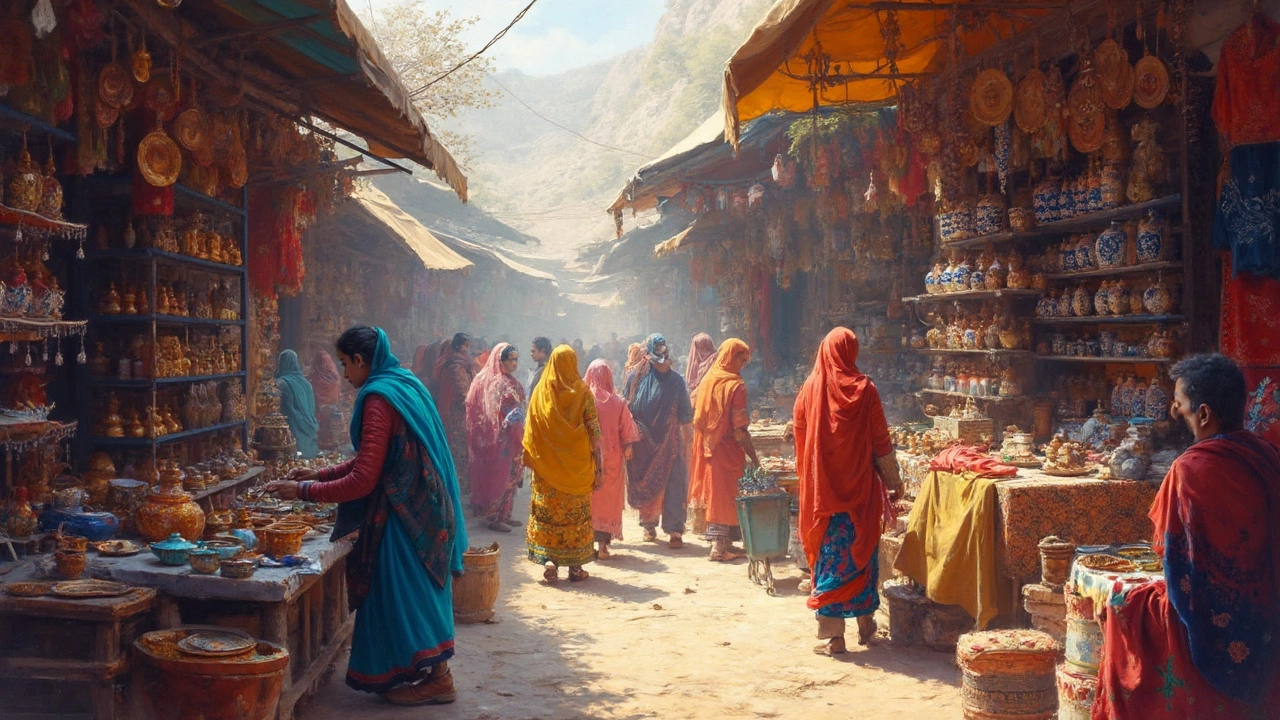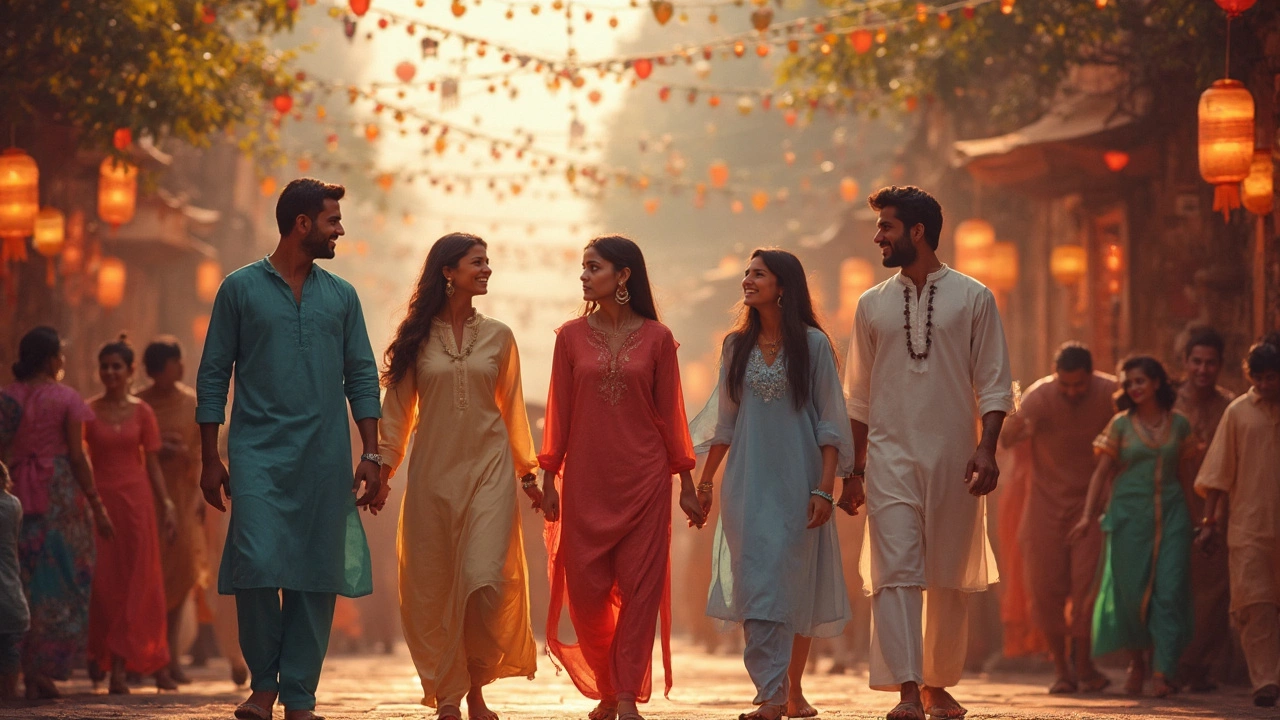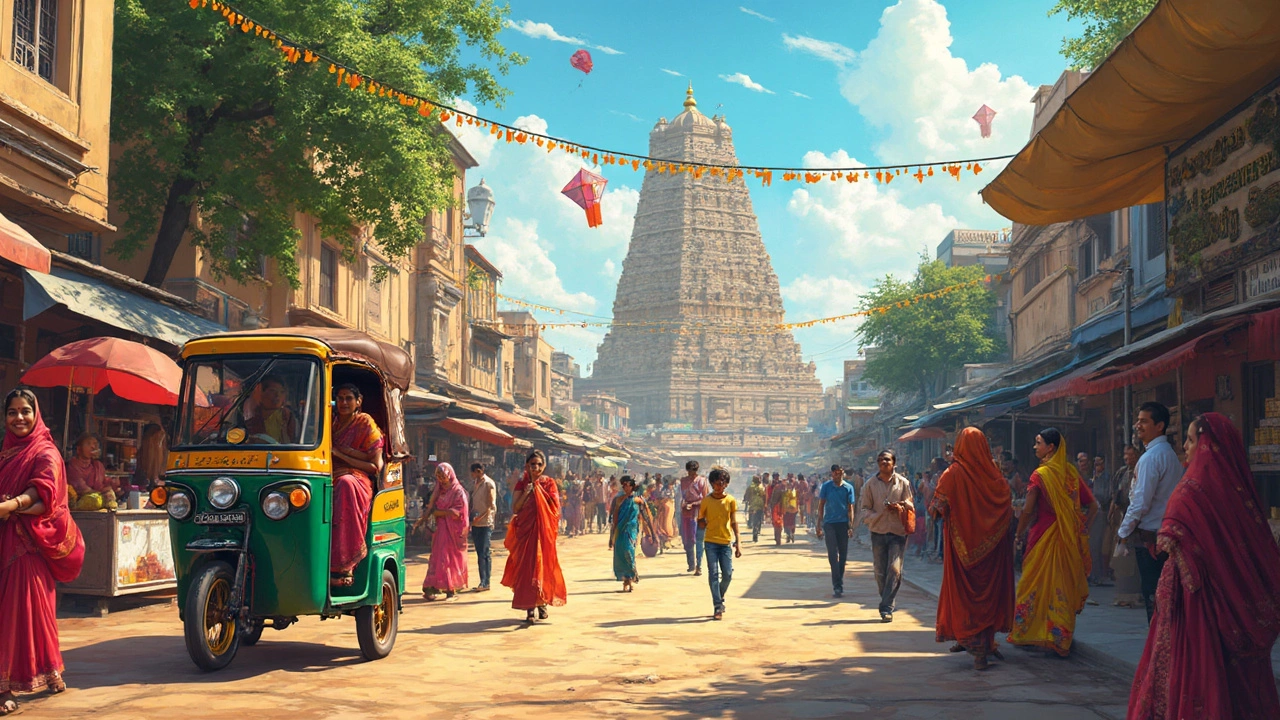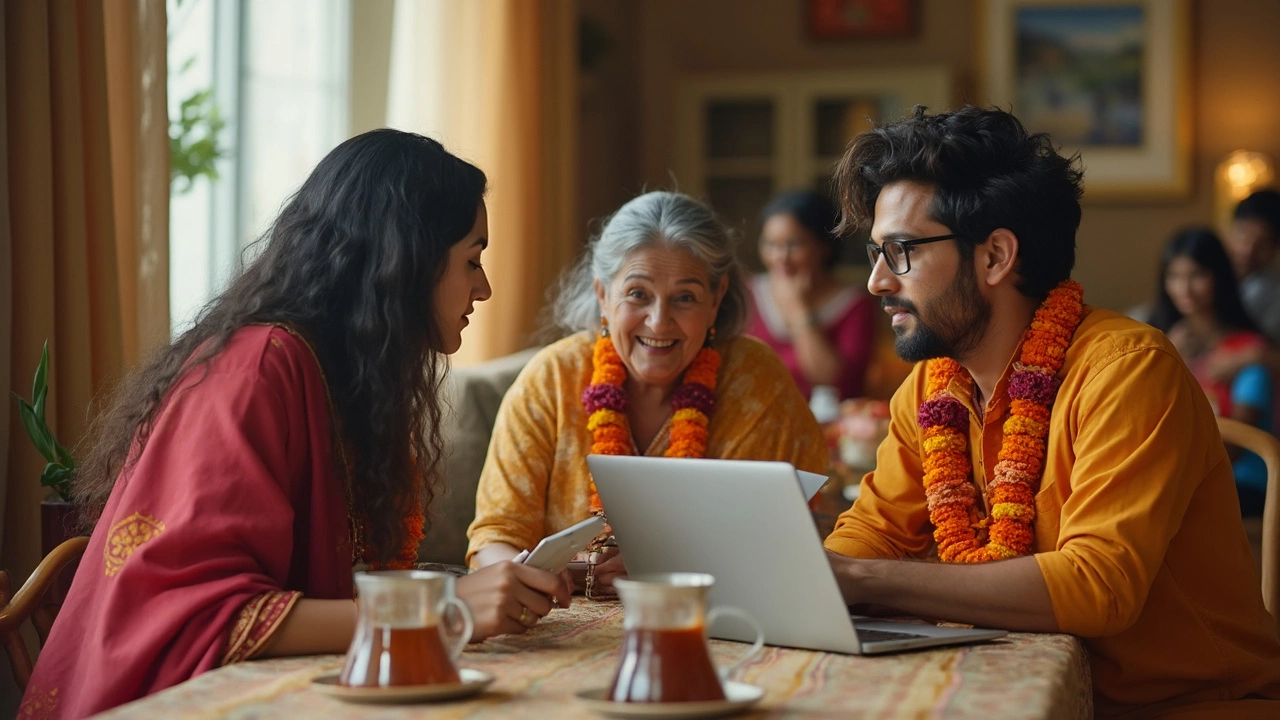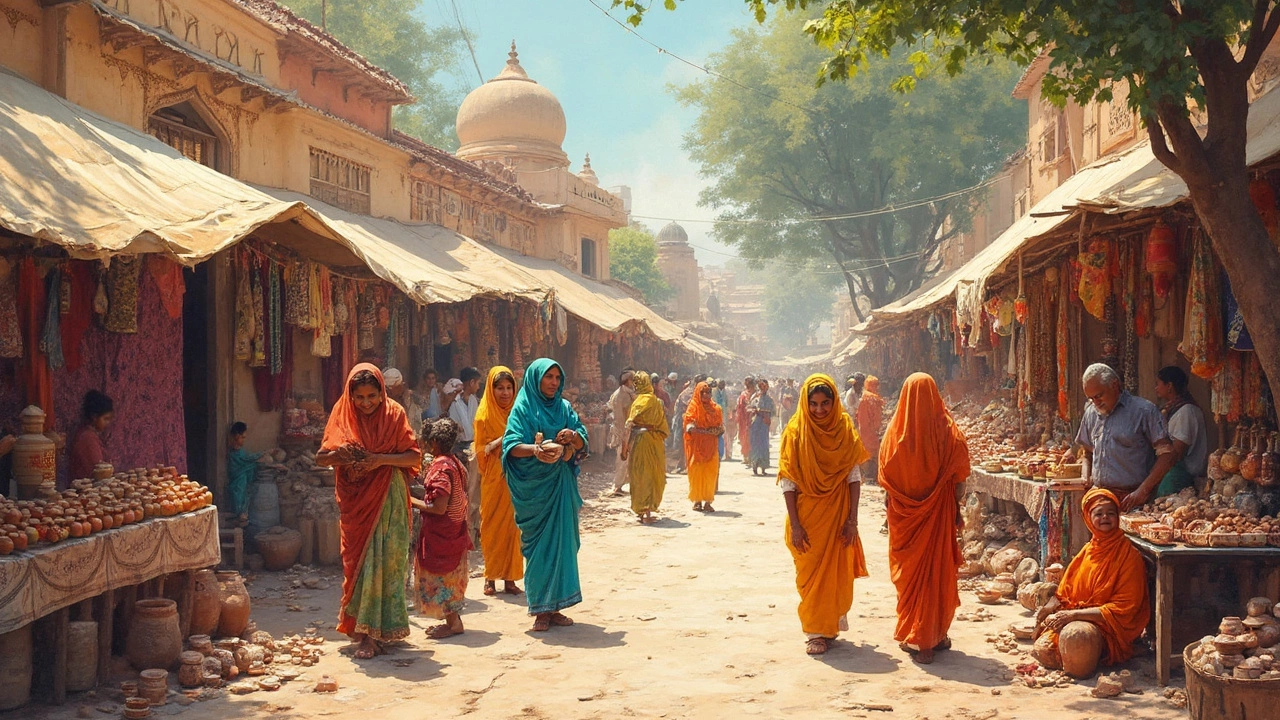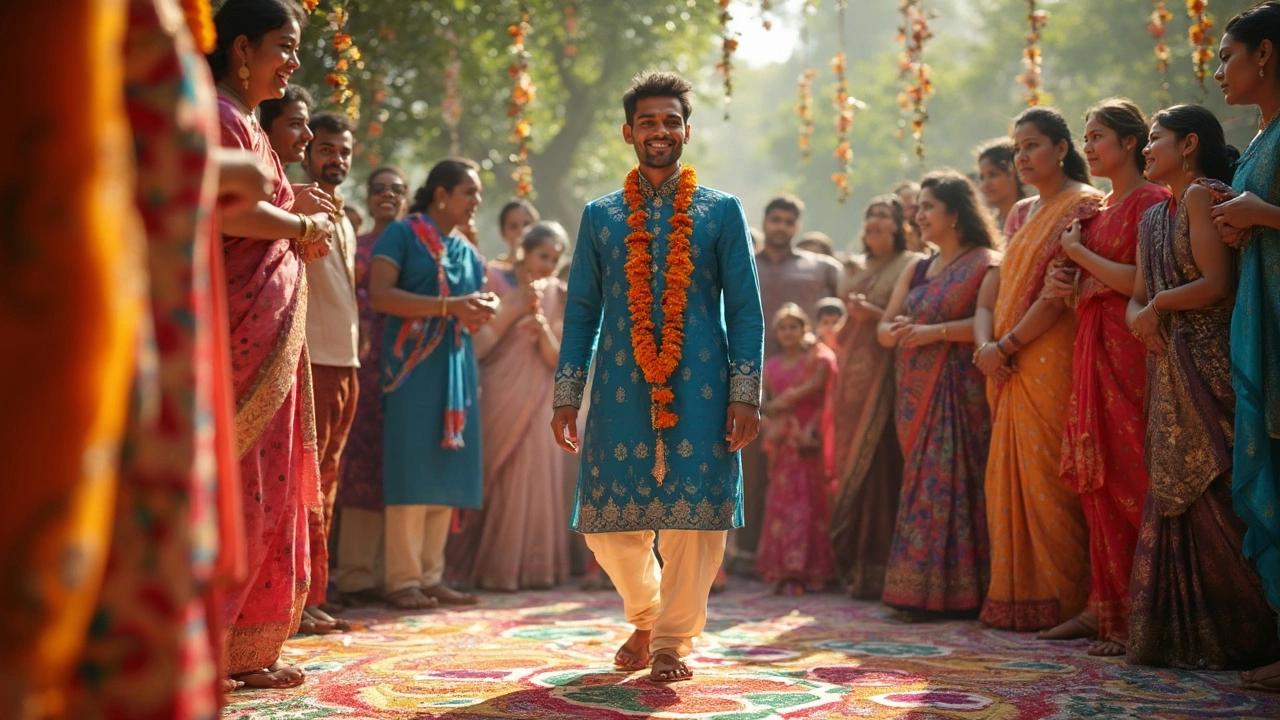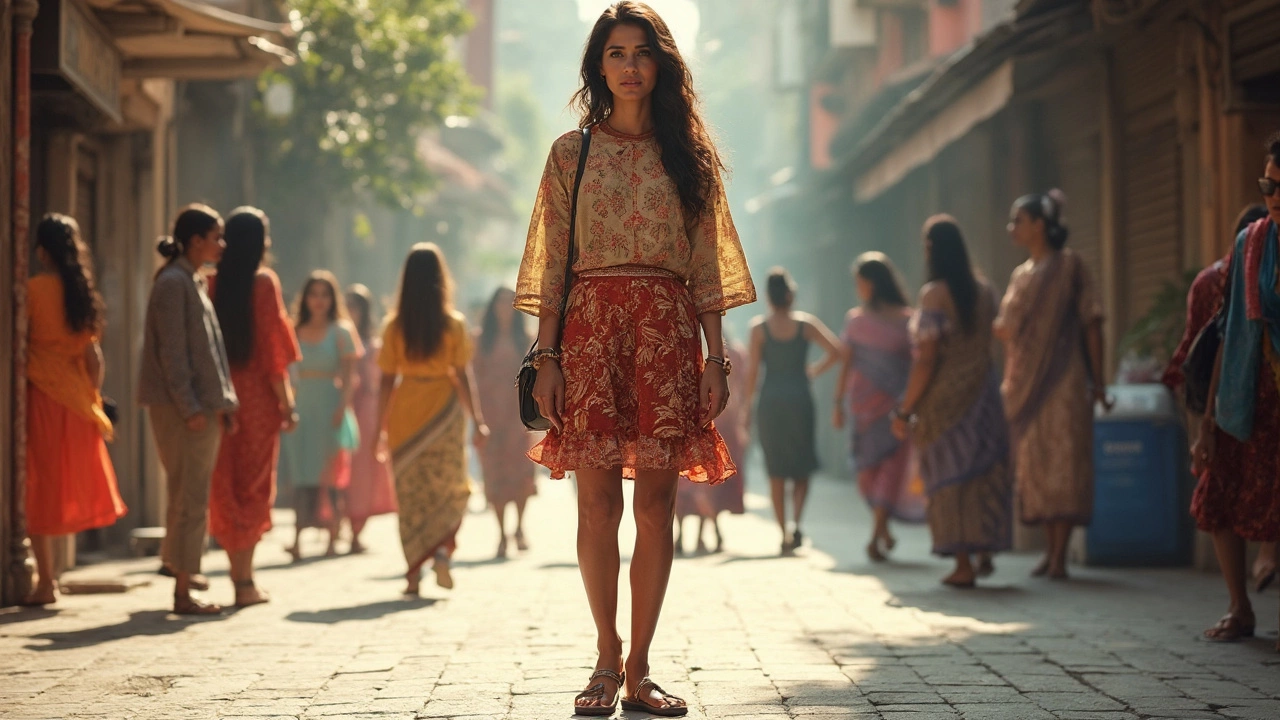Indian Handicrafts and Wedding Traditions in May 2025
When you think of Indian handicrafts, handmade goods rooted in centuries-old regional techniques, passed down through families and communities. Also known as traditional Indian crafts, it isn’t just about pretty objects—it’s about identity, survival, and pride. From the handwoven textiles of Banaras to the brassware of Moradabad, these crafts aren’t relics. They’re living work, made by real people who wake up before sunrise to shape clay, dye thread, or carve wood. These aren’t souvenirs you pick up at a mall. They’re the result of skills that have survived wars, colonization, and modern factories—skills that still define entire villages.
And then there’s the other side of Indian life that made headlines this month: Indian wedding, a multi-day cultural event combining family, religion, food, fashion, and massive spending. Also known as big fat Indian wedding, it’s not just a ceremony—it’s a social contract, a display of status, and often, a financial marathon. Why do families spend lakhs on a single day? It’s not just tradition. It’s pressure, expectation, and the quiet fear of being judged. But things are changing. More couples are asking: Who really pays for the honeymoon? What if we skip the gold-plated thali and just dance? These questions aren’t disrespectful—they’re necessary.
What ties these two worlds together? cultural heritage, the living memory of a community expressed through objects, rituals, and daily practices. Also known as Indian traditions, it’s what makes a kurta pajama more than just clothes, and a wedding invitation more than just paper. Heritage isn’t locked in museums. It’s in the hands of the potter in Tamil Nadu, the bride in Punjab wearing a lehenga her grandmother stitched, the American guest who finally figured out what color to wear. It’s in the way a 40-year-old woman chooses to wear a mini skirt—not to shock, but to say she still gets to decide what her body looks like.
What You’ll Find in This Collection
This archive pulls together the real, messy, beautiful stories from May 2025. You’ll read about which states actually make the best handicrafts—not just the ones with the prettiest brochures. You’ll see how Indian artisans survive in a world that prefers cheap imports. You’ll learn why a white guest’s outfit at a wedding matters more than most people admit. And you’ll understand why a simple pashmina shawl costs more than your monthly rent, and why that’s not always a bad thing.
These aren’t just articles. They’re conversations. With families who can’t afford a wedding but still throw one. With artisans who teach their kids to carve wood instead of coding. With women who are rewriting rules they never agreed to. If you’ve ever wondered how culture survives in the age of Amazon, this is your answer. It’s not in hashtags. It’s in hands. And you’re about to meet them.
